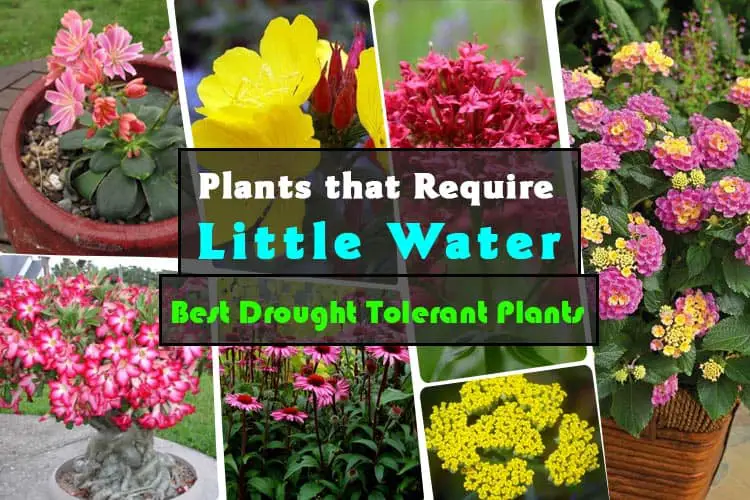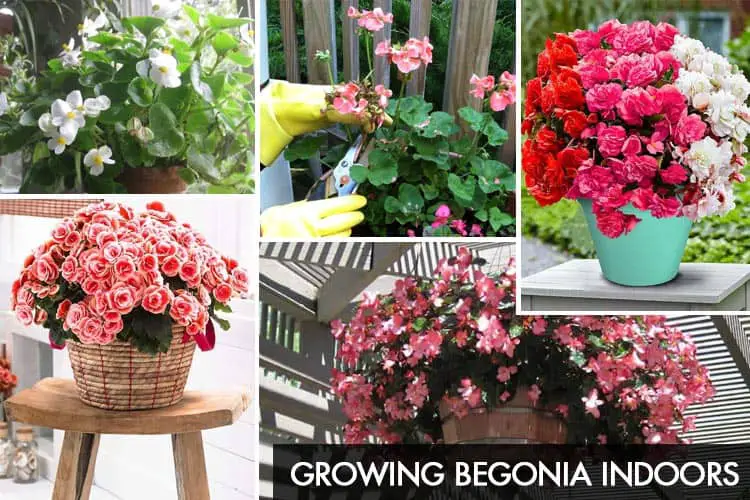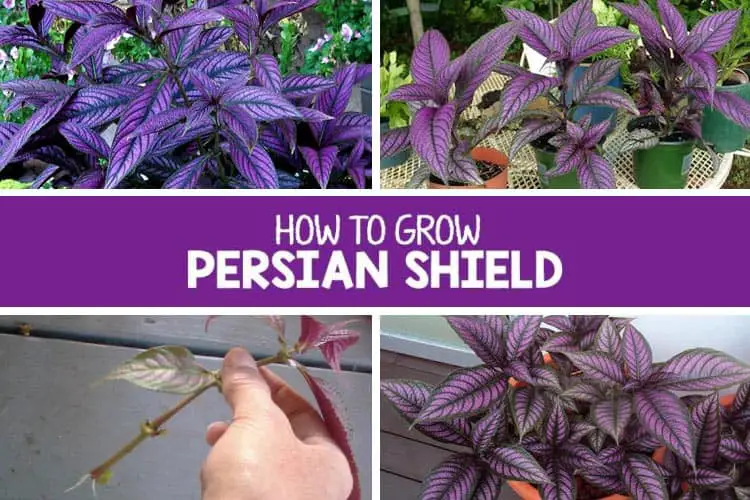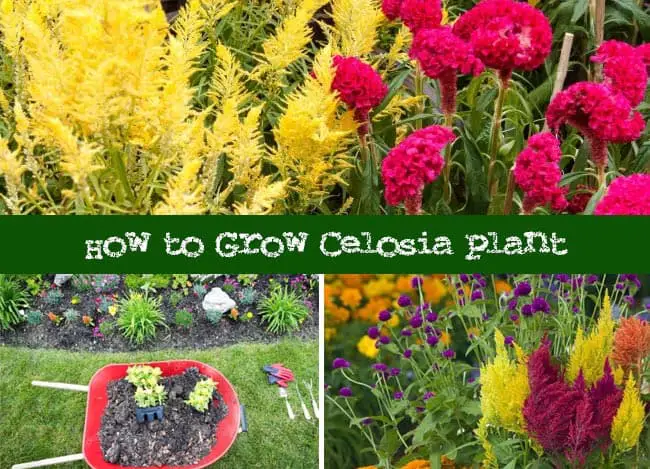Coreopsis Plant Care – How To Grow and Care for Coreopsis Plants

The Coreopsis plant is part of the aster family of flowering plants, which is closely related to the sunflower. It can grow into tall bushes of beautiful yellow orange flowers and can do well in dry to moderately moist climates. Avoid planting them in extremely drought or soggy condition as they could suffer.

Image Credit: World of Flowering Plants
Planting
Sow the seeds as soon as the ground starts to thaw. Sow the flower directly at the plant bed during early spring to mid spring, right after the frost has cleared. But it should be before the weather becomes too hot.
Choose a sunny area in your yard. The Coreopsis flowers can thrive in areas that have prairies and dry plains. Moreover, the plant can grow best in warm and sunny locations.
Grow the Coreopsis plant in a south facing spot that receives full sunlight or you can opt for a west facing area that receives partial sunlight. There are so many Coreopsis varieties available for you to choose from. Thus, it is important that you take time to shop around. Choose the variety that you want based on the color and the style of flowers that it produces.
C. grandiflora produces bright yellow blooms all summer while the C. rosea features finely textured leaves and have pink daisy-like flowers that have yellowish shade in the middle. Aside from these, you can also choose other varieties such as the C. verticillata.
To begin with, grab a tiller or garden fork and dig the soil to loosen your plant bed. Turn the soil on your plant bed about 12 to 15 inches or 31 to 38 cm deep.
Also Read: 11 Best Garden Tools that make Gardening Easy
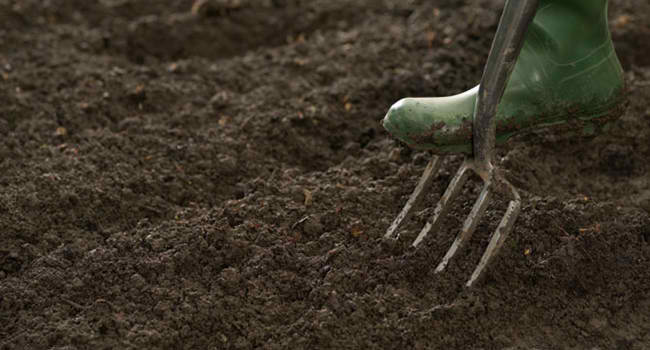
Image Credit: Texture Plants
Work on the soil by mixing it with compost. Mix about 2 to 4 inches or 5 to 10 cm of compost into the soil with the use of a shovel or trowel. The compost can help to enrich the soil and will make it healthy enough for the Coreopsis plant to grow in.
Improve the drainage system in your plant bed. The plant cannot grow well if the roots have been waterlogged. Thus, proper drainage is very important. Mix 2 to 4 inches or 5 to 10 cm of peat moss or garden sand if you feel that the soil is just too heavy or dense.
Sprinkle the seeds all over the plant bed. Do it sparingly to prevent the flowers from growing very close to each other.
Next, cover the seeds with some coating of the soil. Use a sandy soil to cover the seeds. Avoid planting the seeds too deep, but covering the soil is necessary in order to keep them protected against elements, including the birds as well as other predators.
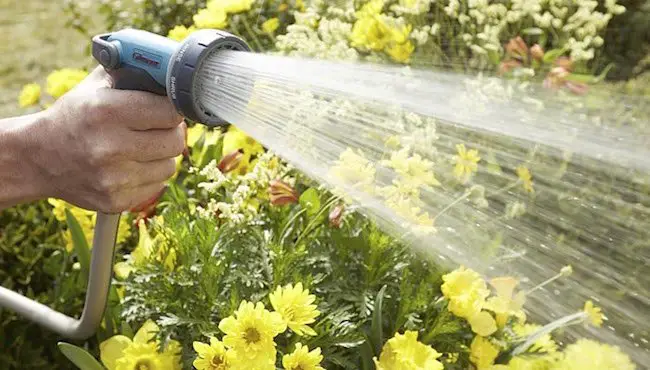
Image Credit: Lowes
Maintain the moisture of the soil. Water the plant bed every day with the use of a watering can or a garden hose. Do so until such time that the seeds will begin to germinate and the seedlings of the Coreopsis plant will begin appearing. This will usually take place after a week or two. Never allow the soil to become extremely dry at this stage.
Space the plants about 12 inches or 31 cm apart from each other. In the early summer season, the plants must already start producing some leaves. Thin the plants out by snipping the stem or by yanking out gently the weaker plants off the soil.
To yank the weaker seedling out, insert a trowel into the ground, about 2 inches or 5 cm away from the stems. Ease the trowel gradually towards the direction of the plant until such time that the tip is even with the center part of the stem. Then, carefully and gently lift the plant off the soil. This process will work best if you can guarantee that you will not end up harming the roots of the plants nearby.
Also Read: 25 Best Plants for Summer Season
Caring of Coreopsis Plant

Image Credit: Minors Garden Center
Coreopsis plant care is very important regardless of the varieties of Coreopsis you have chosen to grow. First of all, make sure that you water established plants during drought seasons. Give the soil a thorough drenching at least once a week if the average rainfall is less than an inch. Do this early morning or in evening because watering plants during midday can possibly burn them once the sunlight will reflect off the water.
Fertilize the Coreopsis flowers at least once or twice in a season. Make use of an all-purpose slow-release fertilize in order to make the feeding last even longer. First feeding must be done during early spring, which is about the same time you start applying the compost. Second feeding should be done two months after.
Skip the first feeding if you’ll use compost. In this case, you can apply only one coating after several months, or right after the initial benefits of the compost will wear off.
Lay about 2 inches or 5 cm of wooden chips or other mulch on the flowerbed after you fertilize. The mulch will help the soil in retaining moisture and prevent weeds from coming out.
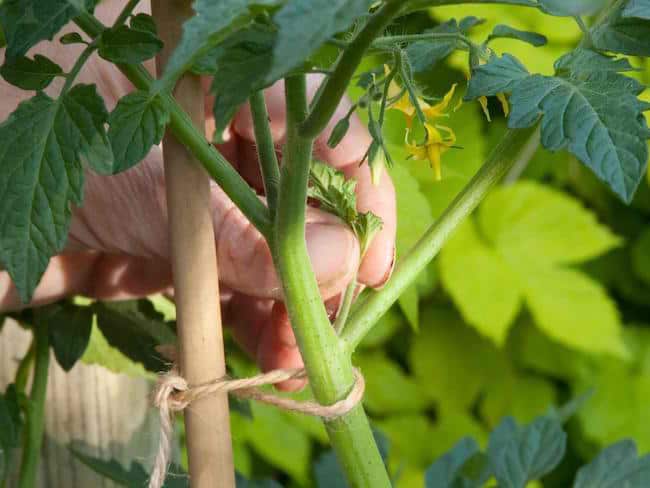
Image Credit: HGTVHome
Stake the plant only if necessary. Most of the Coreopsis varieties have thick and sturdy stems as well as flowers of moderate height and may not need to be staked. But if you have the larger varieties and you notice that the heads start to droop, consider inserting a small wood pole at the ground. The pole must be about 2 inches away from the flower and about 4 inches deep. Afterwards, tie the step carefully into the pole with the use of yarn or twine.
Deadhead the flowers in order to encourage it to bloom further. If the petals will start to drop and wither, use shears to snip the head of the flower off. This helps to redirect the energy of the plant and encourage it to sprout more blooms before the season will end.
Start cutting the stems during late fall until early winter. So after the first frost will come, trim the stem of the plant, leaving only about 2 inches of stem above the soil.
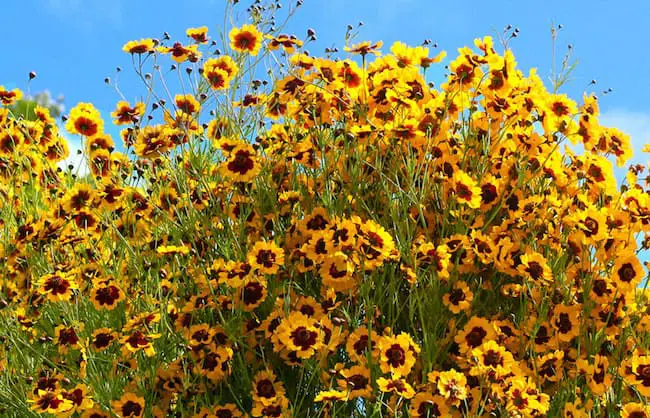
Image Credit: Annies Annuals
Divide the plants during the early spring if the growth is just starting to develop. You can also divide during mid until late fall, before the first frost comes. Replant the large clumps almost immediately. However, smaller clumps must first be potted and kept indoors until such time that the weaker roots will start to develop. Replant the weaker clumps that you have removed during the early summer or late spring.
Also Read: 31 Amazing Plants that grow in Shade Easily
Be mindful of diseases and pests. This is an important aspect of the Coreopsis plant care. Treat the plant with fungicides or insecticides. Remove insects and aphids when they start to appear. Use pesticide when necessary. However, avoid applying any preventative pesticides.
Watch out for snails and slugs during the wet seasons. Give the plants enough air to circulate to avoid this or consider planting them under full sun.
Final Thoughts
Hopefully, the steps above will serve as your guide to growing and caring for the Coreopsis plant. The process might seem daunting and will require lots of effort, but it will definitely be worth it in the end.

